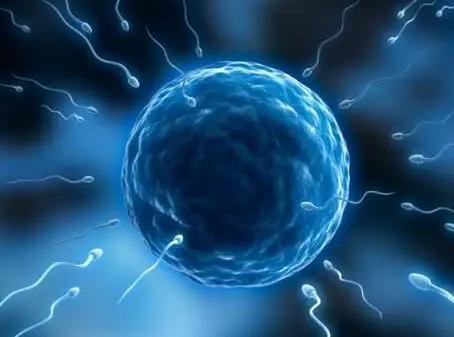Health Warnings are Hidden in Semen! Beware of Seminal Vesiculitis!
Date:2022-07-02 click:0
Generally speaking, the color of semen in healthy men is translucent, egg white-like milky white. For men who haven't ejaculated for a long time, the semen may be pale yellow and thicker. In addition, when there is inflammation in the male reproductive tract, the semen can be yellow, and many pus balls can be seen under the microscope.

To determine whether the semen is normal, analyze from the following aspects
(1) Semen Volume: normal ≥ 2ml. When it is more than 7ml, it is too much. Not only the density of sperm is reduced, but also it is easy to flow out of the vagina so that the total number of sperm is reduced, which is common in seminal vesiculitis.
(2) Color: normally off-white or slightly yellow. The milky white or yellow-green color indicates inflammation of the reproductive tract or accessory gonads. Pink or red semen or red blood cells are seen under the microscope means hemospermia, common in inflammation of accessory gonads and posterior urethra, and occasionally seen in tuberculosis or tumors.
(3) PH: The normal pH of semen is 7.2 to 7.8. Less than 7.2 is seen in ejaculatory duct obstruction or urine contamination; greater than 7.8 is seen in seminal vesicle inflammation or old specimens.
(4) Liquefaction Time: After normal semen is ejected, it becomes jelly under seminal vesicle coagulase and becomes liquid under the action of prostate liquefaction enzyme in 15 to 30 minutes. It is semen liquefaction. It is abnormal for the semen not to liquefy 30 minutes after ejaculation.
(5) Viscosity: Use the glass rod to touch the liquefied semen and lift it gently to form semen silk, which is usually less than 2cm long.
(6) Sperm count: It is generally expressed as the number of sperm per milliliter of semen. A low number means spermatogenesis dysfunction, which can lead to subfertility or infertility due to reduced opportunities for sperm to enter the uterine cavity and fallopian tubes. In the case of too many spermatozoa, infertility can also be caused due to impaired motility.
(7) Sperm Morphology: The percentage of sperm with normal morphology should be more than 50%. Otherwise, it may cause infertility.
(8) Motility: More than half of sperms should move forward rapidly in a straight line. Otherwise, it may cause infertility.
(9) Survival Rate: This usually refers to the inspection within 1 hour after ejaculation, and the viable sperm should be more than 50%. Common causes of reduced sperm motility and viability include paragonadal inflammation, varicocele, a sluggish ciliary syndrome caused by chronic respiratory tract infection, the presence of anti-sperm antibodies in semen, or improper storage of specimens.
(10) Leukocytes: Leukocytosis indicates reproductive tract infection or accessory gonads.
If the semen is found to be pink after ejaculation, or the semen is mixed with blood threads, most of this is caused by inflammation of the seminal vesicles. After the seminal vesicles are inflamed, the seminal vesicles are congested and edematous, and in severe cases, the capillaries rupture and bleed. When the seminal vesicle secretions and semen pass through the seminal vesicles, they mix with the blood to produce "bloody sperm."
Herbal medicine Diuretic and Anti-inflammatory Pill can treat seminal vesiculitis. It contains herbs with anti-inflammatory effects that can kill various pathogens that cause seminal vesicle infections.
Generally speaking, if the patient's seminal vesiculitis is acute, abstinence is required during the treatment. Patients with chronic seminal vesiculitis can have a regular sexual life. That's because abstinence itself may also have adverse effects on seminal vesiculitis, and regular sexual life can expel some inflammatory substances in time.
You may be also interested in:



